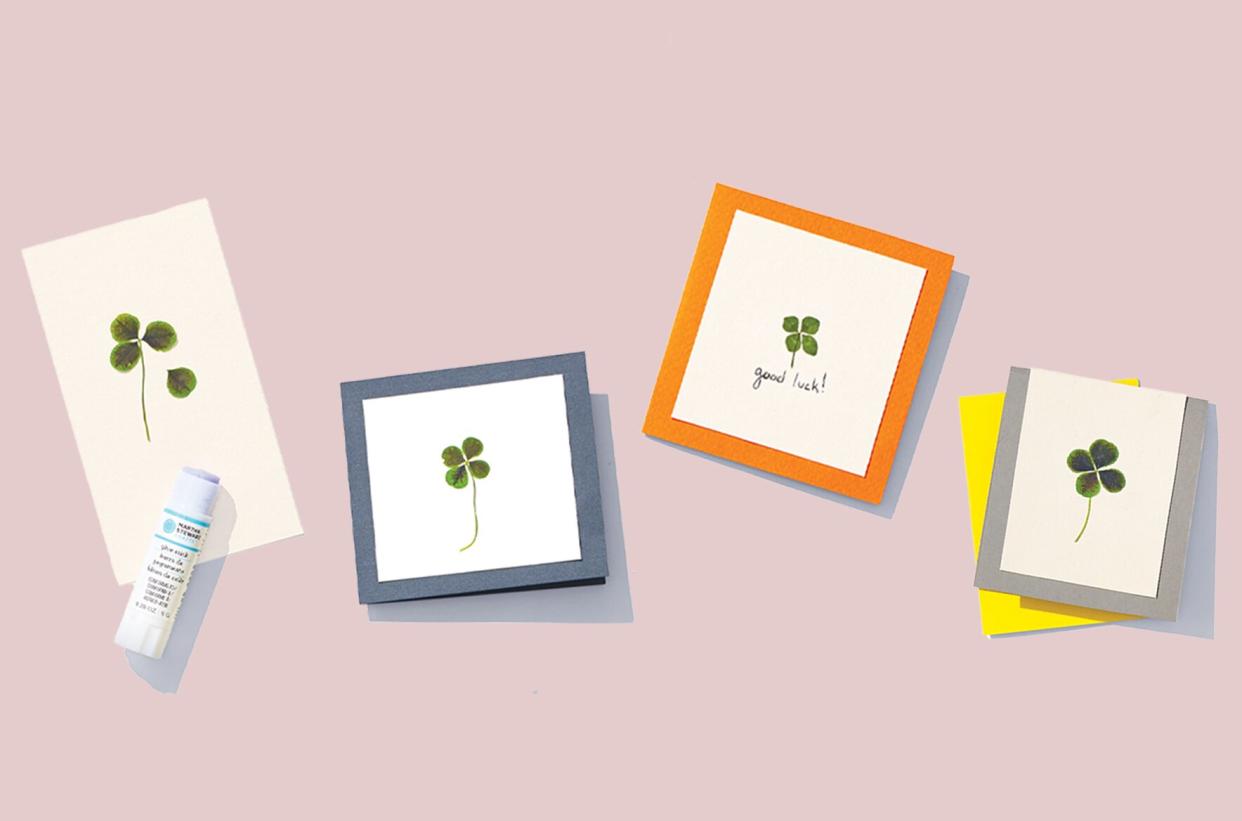What are the Real Odds of Finding a Four-Leaf Clover?

Aaron Dyer
How would you feel if you were walking in your yard and found a four-leaf clover? Lucky, right? In addition to being a symbol of faith and love, this unique plant also represents good fortune. And rightfully so, as the chances of finding one have long been tied to a 1 in 10,000 ratio. Do you think you can find a four-leaf clover? Experts reveal the true odds of spotting one, and more details behind the rare flowering plant.
The Odds of Finding a Four-Leaf Clover
If you love to scavenge for four-leaf clovers, in reality, they aren't actually that hard to find. The true odds are more like 1 in 5,076, according to the Fort Worth Botanic Garden. The 1 in 10,000 chance is for a 'typical' group of plants, notes John Frett, former professor of landscape horticulture and director of the University of Delaware Botanic Gardens. This means a group that represents the statistical norm for the population.
He notes that individual plants differ in their propensity to produce the fourth leaflet, just like how people have different heights. "Breeders have selected varieties that produce as much as 50 percent of the leaves with four leaflets," he says. "Combined with the fact that clover spreads by underground stems, a large patch of clover can grow with an increased ability to produce greater than normal leaves with four leaflets, leading to an increased rate of discovering the elusive four-leaf clover."
The Difference Between a Shamrock and Clover
Authentic four-leaf clovers come from the White Clover plant, formally known as Trifolium repens, according to Clovers Online. This species often experiences mutations that create an additional leaflet, notes the Fort Worth Botanic Garden.
Many people believe that a shamrock is a four-leaf clover, but they are not the same. Irish tradition holds that the shamrock or three-leaf clover represents the Holy Trinity: one for the Father, one for the Son, and one for the Holy Spirit. Another way of identifying a real four-leaf clover is that the fourth leaflet is usually smaller than the other three leaflets.
The Rarity of Four-Leaf Clovers
Suzi Mekhitarian, a resident in a Sydney, Australia suburb, found 21 four-leaf clovers in her front yard back in 2014. This type of clover is unusual, says Brett Summerell, the director of science at the Australian Botanic Garden. "Instead of the dominant gene characteristics of the plant being three leaves, it is four, increasing the chances of this occurring in a single patch," he says. "There hasn't been a great deal of research into this, so nobody knows why this occurs, but I hear about it happening every five or six years." No matter what the facts, finding a four-leaf clover is still a sign of luck and worth keeping.

